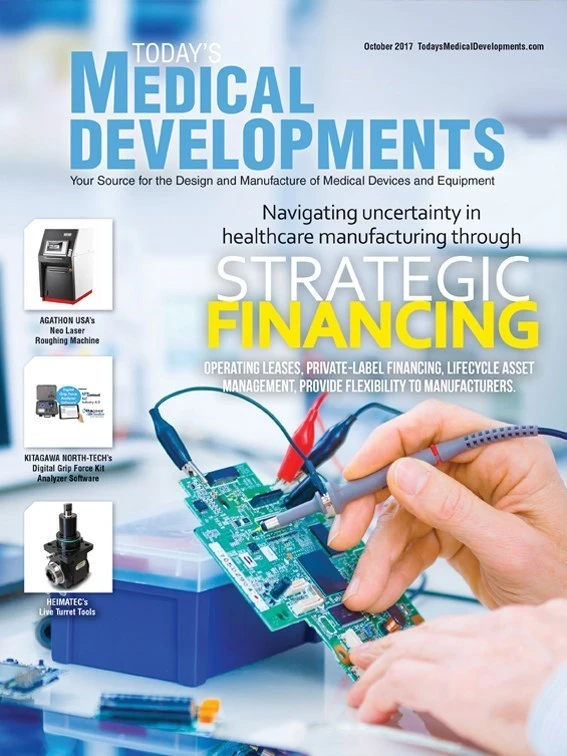
Index

1. What makes a part suitable for Swiss turning?
TC: Critical for Swiss machine shops is to look at a length-to-diameter (L-D) ratio to determine the ideal parts for production on a Swiss machine. We believe that more than 40% of all parts being produced on a Swiss machine
2. Is it possible to produce Swiss parts more efficiently?
TC: Yes, both in using the most productive Swiss machines for parts requiring that type of turning machine and the targeting of L-D ratios of greater than 4-to-1. A more productive Swiss turning machine can get more tools in the cut at one time – up to four in some cases. For parts below the required L-D ratio, there are more productive ways to make those parts using non-Swiss turning machines.

3. How can a turning shop owner improve throughput and quality?
TC: Many parts produced on Swiss-style machines can be done 4x faster on a multi-spindle turning machine, which typically has 6 or 8 spindles producing precision parts simultaneously and automatically. This dramatic increase in productivity creates savings in labor, shop floor space, and even cycle times across medium-to-large production volumes. If the 40% production currently misplaced on Swiss machines is moved to multi-spindle, significant increases in productivity and reductions in cost per part are possible.
4. How can you reduce total cost per piece?
TC: Shop owners should revisit the way parts are produced, looking at new processes that offer opportunities to reduce per-part cost. The way
To reduce cycle time on a part currently produced on a Swiss-style machine in 2 minutes to under 20 seconds drives down the per-piece cost. Also, there is no longer the requirement for expensive, ground bar stock, and there is less waste. Reducing your cost per piece yields profit.
Simply adding more of the same machine to increase production will use more floor space and require operators – and skilled labor is hard to find these days.
5. What are some steps to choosing the best precision turning solution?
TC: Shop owners need to focus on a return on investment (ROI) model to be the most productive, lowest-cost solution provider for their customers. Owners must evaluate the work being done on Swiss machines and ask the tough question: Can this be done better and cheaper on another machine?
There is better overall ROI buying a productive, flexible, multi-spindle machine for the 40% of work that does not require the benefits of a Swiss machine.

Explore the October 2017 Issue
Check out more from this issue and find your next story to read.
Latest from Today's Medical Developments
- Roundup of some news hires around the manufacturing industry
- Mazak’s INTEGREX j-Series NEO Machines
- The Association for Advancing Automation (A3) releases vision for a U.S. national robotics strategy
- Mitutoyo America’s SJ-220 Surftest
- #56 - Manufacturing Matters - How Robotics and Automation are Transforming Manufacturing
- STUDER looks back on a solid 2024 financial year
- HANNOVER MESSE 2025: Tailwind for industry
- Find out the latest developments in tool path strategies for machining








